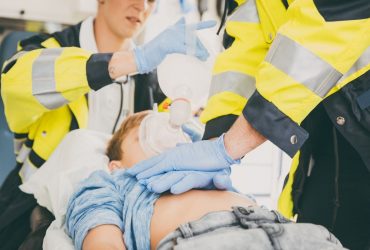High traumatic stress symptoms more common in older, female, Hispanic youth and in those with prior mental health diagnoses
Explosive injuries accounted for two-thirds of weapon-related trauma
Negative outcomes include mental health challenges, traumatic injuries, and increased health care utilization
Trauma was more common among elementary school-age students, while psychiatric conditions/substance abuse seen more frequently among adolescents
MST remained significant risk factor for any suicide attempt among people with and without posttraumatic stress disorder
Association exists in a sex- and childhood stressor-specific manner
Psychological distress partly mediates link between indirect exposure and media exposure with reporting increased substance use
Likelihood of reporting chronic pain and pain-related disability in adulthood rose with increasing numbers of adverse childhood experiences
Risk more than 30 percent higher for adverse pregnancy outcomes, including low birth weight and preterm delivery
Reduction seen in posttraumatic stress disorder symptoms, and significant decreases seen in anxiety and depression











